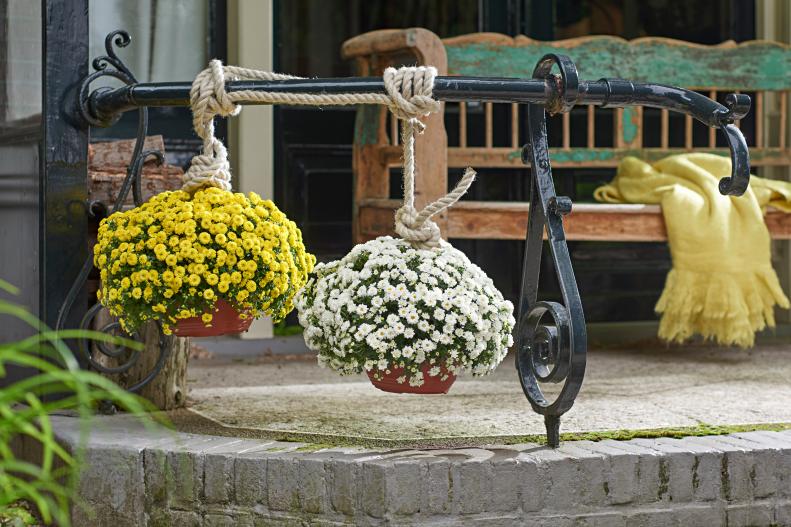Plan a Seasonal Color Show
Dress up your outdoor spaces with beautiful blooms. By adding living color in containers or planting beds, you can transform your home into a gorgeous garden escape. Choose plants that strut their stuff in different seasons and you’ll savor a non-stop show as the months roll by.
The easiest way to achieve continuous color is by planting annuals. These flower powerhouses deliver in-your-face color that — in many cases — sparkles through several seasons. Gold and red calibrachoa (above) tosses open petite two-tone blooms from spring through fall frost. It shines even more when it’s paired with pretty foliage plants that unfurl colorful leaves, like this combination of chartreuse Angelina sedum, ‘Plum Dazzled’ sedum and ‘Ogon’ variegated sweet flag.
Sedums are perennials in some zones, but you can also use them as annuals, effectively expanding your planting palette. This pot offers stunning color from spring through fall in all but the most extreme planting zones (hottest, coldest).
Want to discover other great annuals you can count on for strong seasonal color? Check out the following plants — labeled by when they bloom the best — to stage your own year-round flower show.









